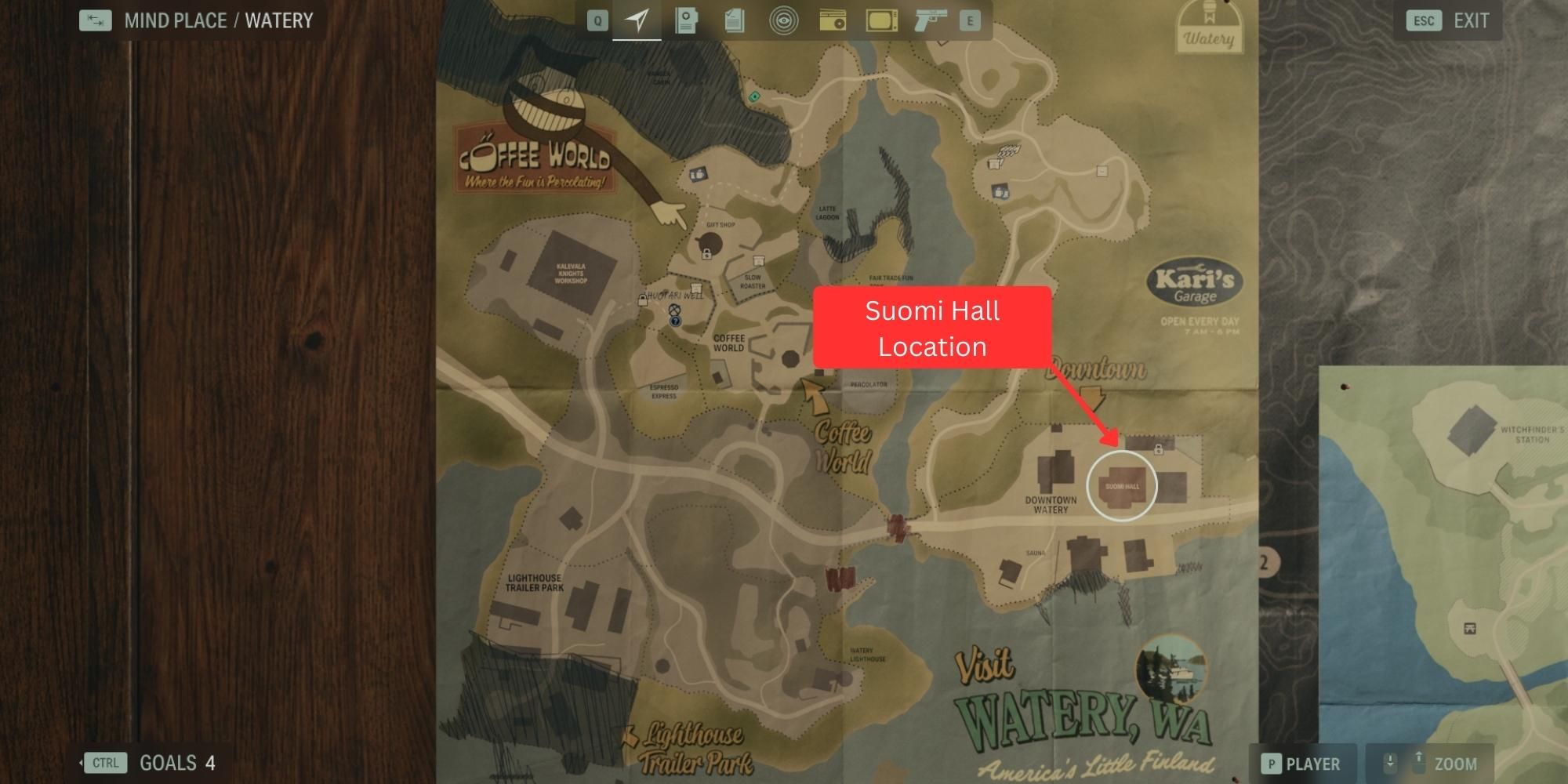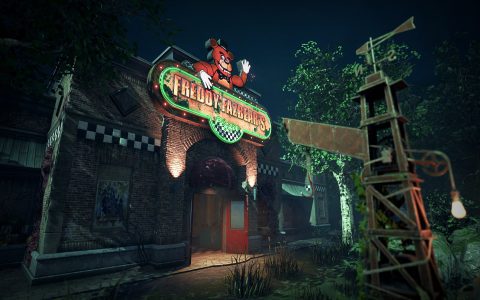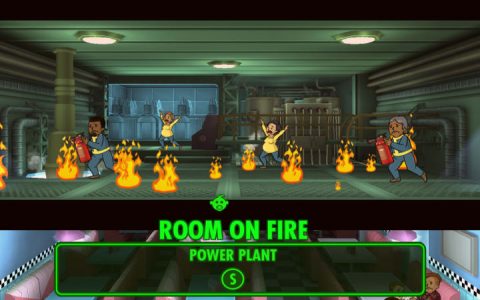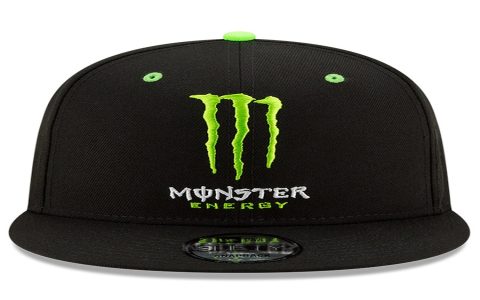The map system in Alan Wake 2 is crucial for navigating its dense and often confusing environments. It's not a traditional open-world map but consists of several large, interconnected hub areas that players explore as both Saga Anderson and Alan Wake. Understanding its features is key to progression and uncovering secrets.
Core Map Mechanics
The in-game map provides an overhead view of the current area, revealing explored locations and highlighting points of interest. It dynamically updates as players uncover new paths and landmarks. Key features include:

- Fog of War: Unexplored areas are obscured, encouraging thorough exploration to reveal the full layout.
- Objective Markers: Main story quests and active side missions are clearly marked, guiding players to their next destination.
- Player Location: A distinct icon shows the player's current position and orientation.
Key Explorable Regions
Alan Wake 2 features distinct major zones, each with its unique atmosphere and map challenges:
- Bright Falls: The familiar town from the first game, now expanded and explorable. Includes surrounding areas like Cauldron Lake and the Sheriff's Station. The map here is relatively straightforward, representing a real-world, albeit supernaturally affected, location.
- Watery: A distinct town area with its own set of locations, including Coffee World amusement park. Its map functions similarly to Bright Falls.
- The Dark Place: As Alan Wake, players navigate this shifting, dreamlike reality. The map here can be more abstract and sections may only become accessible or visible as Alan manipulates the environment using his writing abilities (Plot Board). Its layout is often disorienting and less geographically consistent than the real-world locations.
Map Functionality and Points of Interest
The map is populated with various icons indicating important locations and collectibles:
- Safe Havens (Break Rooms): Essential for saving progress, managing inventory, and sometimes switching characters. Clearly marked for easy return.
- Collectibles:
- For Saga: Lunch Boxes (containing Manuscript Fragments), Cult Stashes (resource caches requiring puzzle-solving), Nursery Rhymes (environmental puzzles).
- For Alan: Words of Power (upgrades found in specific light patterns).
While not all collectibles appear initially, some may be marked once discovered or through map upgrades found in-game.
- Story-Specific Locations: Key buildings, Overlap access points, and investigation areas.
- Shortcuts and Blocked Paths: The map helps identify locked doors (e.g., requiring bolt cutters or specific keys) and potential shortcuts that can be unlocked.
Character-Specific Map Interactions
While both protagonists use a map, their interaction with the world and how it's represented can differ slightly:
- Saga Anderson: Her maps cover the real-world locations in the Pacific Northwest. Exploration is more traditional, focused on finding physical clues and navigating tangible environments.
- Alan Wake: His map pertains to The Dark Place. Navigation is intrinsically linked to his ability to alter reality. New paths or areas on the map might only manifest after Alan uses the Plot Board to change the "story" of a scene. This makes map exploration in The Dark Place a more dynamic and puzzle-like experience.
Tips for Effective Map Usage
- Consult Frequently: Especially in labyrinthine areas like The Dark Place or dense forests.
- Look for Unrevealed Sections: Actively explore to clear the fog of war, which can reveal hidden paths or collectibles.
- Prioritize Break Rooms: Use the map to locate the nearest safe haven before venturing into dangerous territory or after significant progress.
- Note Environmental Clues: Sometimes the map alone isn't enough; combine it with observing environmental cues for puzzles or hidden Words of Power.










